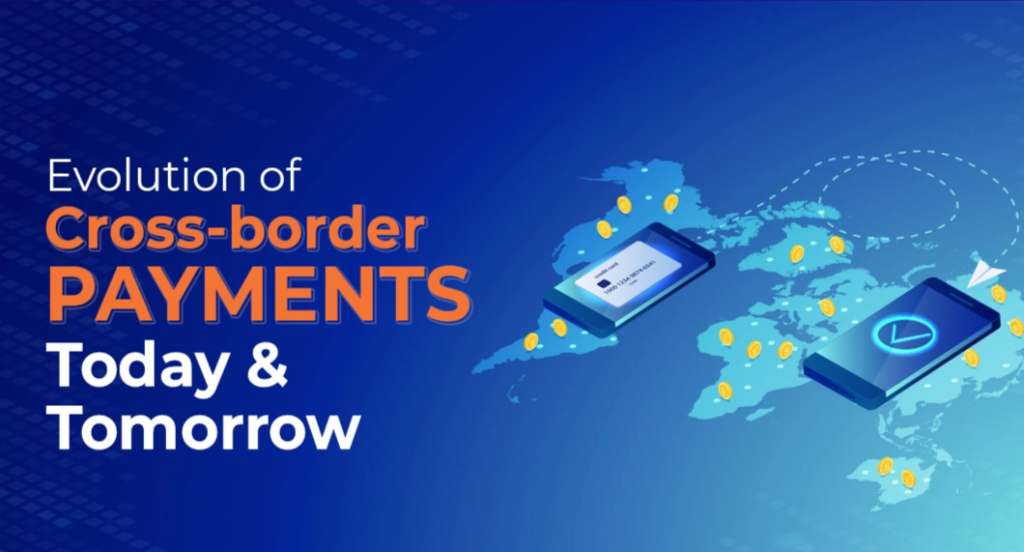Cross-Border Payments Innovation: The Future Of Remittances
In the world of fintech, cross-border payments are one of the fastest evolving areas. The traditional process of sending money across international borders was typically slow, expensive, and laden with red tape. However, the last few years have seen a major shift as fintech firms and payment gateways are innovating to reduce costs, streamline processes, and make cross-border transactions faster and more transparent.
Key Players
Several companies have emerged as leaders in this field:
- TransferWise: The company, renamed as Wise, uses a peer-to-peer model to match users in different countries who want to send money in opposite directions, thereby reducing costs. Their transparent pricing model shows users the exchange rate and fee upfront.
- Revolut: This digital bank offers users the ability to hold and exchange multiple currencies at the interbank exchange rate, reducing the costs associated with sending money internationally.
- Ripple: Ripple uses blockchain technology to facilitate real-time, low-cost international money transfers. It has developed a digital payment protocol that allows customers to send money globally using its XRP cryptocurrency as a bridge currency.
- PayPal and Xoom: PayPal has long been a major player in digital payments, and its acquisition of Xoom has expanded its offerings for international transfers.
Recent Developments
Many fintech companies are using blockchain technology and cryptocurrencies to facilitate cross-border payments. Blockchain offers a decentralized and secure ledger to record transactions, making transfers quicker, more transparent, and less prone to fraud.
Moreover, there’s been a growing trend of partnerships between fintech firms and traditional banks to improve cross-border payment services. For instance, Ripple has partnered with numerous banks worldwide to implement its technology for faster, cheaper international payments.
Implications for Businesses and Consumers
For businesses, the innovation in cross-border payments means greater efficiency and lower costs. This is particularly important for businesses with international supply chains or those looking to expand into new markets.
Consumers benefit from the innovation in terms of lower costs, faster transaction times, and greater transparency. It also opens up opportunities for migrant workers to send money back home more easily and cheaply, which could have significant economic impacts in many countries.
However, it’s not without challenges. Issues related to regulatory compliance, cybersecurity, and the fluctuating value of cryptocurrencies are some of the hurdles that need to be navigated.
Despite these challenges, the trend is clear: cross-border payments are becoming easier, faster, and cheaper thanks to fintech innovation. As technology continues to advance and regulations adapt to these new realities, we can expect this sector to continue evolving in the coming years.

